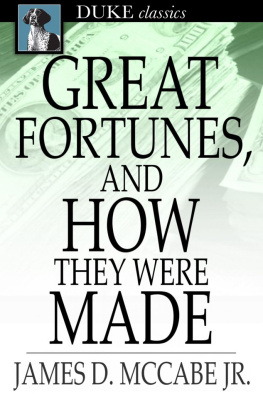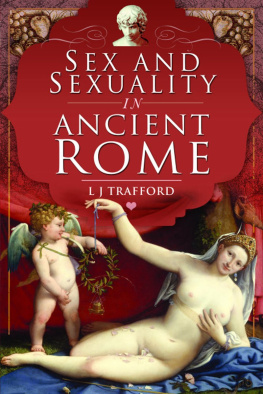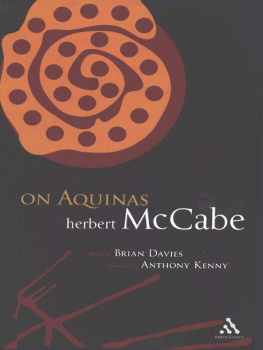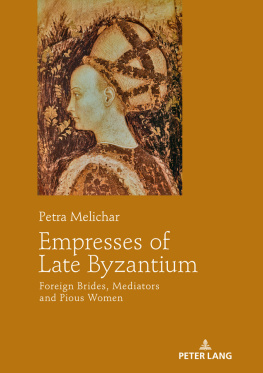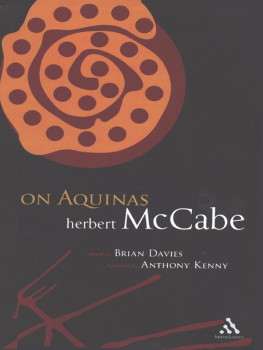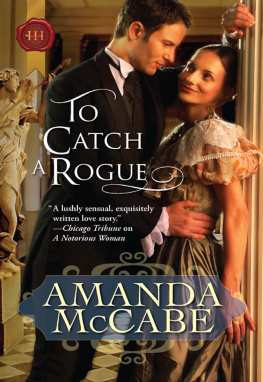Joseph McCabe - The Empresses of Rome
Here you can read online Joseph McCabe - The Empresses of Rome full text of the book (entire story) in english for free. Download pdf and epub, get meaning, cover and reviews about this ebook. year: 2021, publisher: Otbebookpublishing, genre: Non-fiction. Description of the work, (preface) as well as reviews are available. Best literature library LitArk.com created for fans of good reading and offers a wide selection of genres:
Romance novel
Science fiction
Adventure
Detective
Science
History
Home and family
Prose
Art
Politics
Computer
Non-fiction
Religion
Business
Children
Humor
Choose a favorite category and find really read worthwhile books. Enjoy immersion in the world of imagination, feel the emotions of the characters or learn something new for yourself, make an fascinating discovery.

- Book:The Empresses of Rome
- Author:
- Publisher:Otbebookpublishing
- Genre:
- Year:2021
- Rating:3 / 5
- Favourites:Add to favourites
- Your mark:
- 60
- 1
- 2
- 3
- 4
- 5
The Empresses of Rome: summary, description and annotation
We offer to read an annotation, description, summary or preface (depends on what the author of the book "The Empresses of Rome" wrote himself). If you haven't found the necessary information about the book — write in the comments, we will try to find it.
The Empresses of Rome — read online for free the complete book (whole text) full work
Below is the text of the book, divided by pages. System saving the place of the last page read, allows you to conveniently read the book "The Empresses of Rome" online for free, without having to search again every time where you left off. Put a bookmark, and you can go to the page where you finished reading at any time.
Font size:
Interval:
Bookmark:

| Note: | Images of the original pages are available through Internet Archive. See https://archive.org/details/cu31924028299075 |
EMPRESSES OF ROME
JOSEPH McCABE
AUTHOR OF THE DECAY OF THE CHURCH OF ROME
HENRY HOLT AND COMPANY
1911
| PAGE | |
| Introduction | |
| CHAP. | |
| I. | THE MAKING OF AN EMPRESS |
| II. | THE END OF THE GOLDEN AGE |
| III. | THE WIVES OF CALIGULA |
| IV. | VALERIA MESSALINA |
| V. | THE MOTHER OF NERO |
| VI. | THE WIVES OF NERO |
| VII. | THE EMPRESSES OF THE TRANSITION |
| VIII. | PLOTINA |
| IX. | SABINA, THE WIFE OF HADRIAN |
| X. | THE WIVES OF THE STOICS |
| XI. | THE WIVES OF THE SYBARITES |
| XII. | JULIA DOMNA |
| XIII. | IN THE DAYS OF ELAGABALUS |
| XIV. | ANOTHER SYRIAN EMPRESS |
| XV. | ZENOBIA AND VICTORIA |
| XVI. | THE WIFE AND DAUGHTER OF DIOCLETIAN |
| XVII. | THE FIRST CHRISTIAN EMPRESSES |
| XVIII. | THE WIVES OF CONSTANTIUS AND JULIAN |
| XIX. | JUSTINA |
| XX. | THE ROMANCE OF EUDOXIA AND EUDOCIA |
| XXI. | THE LAST EMPRESSES OF THE WEST |
| INDEX |
| Crispina. Bust in the British Museum From a photograph by W. A. Mansell & Co. |
| FACING PAGE |
| Livia as Ceres. Statue in the Louvre |
| Julia. Bust in the Museum Chiaramonti |
| Agrippina the Elder. Bust in the Museum Chiaramonti |
| Messalina. Bust in the Uffizi Palace, Florence |
| Agrippina the Younger. Bust in Museo Nazionale, Florence |
| Octavia. Porphyry Bust in the Louvre |
| Poppa. Bust in the Capitoline Museum, Rome From a photograph by Anderson . |
| Domitia. Bust in the Uffizi Gallery, Florence |
| Plotina. Statue in the Louvre From a photograph by W. A. Mansell & Co. |
| Sabina. Bust in the British Museum From a photograph by W. A. Mansell & Co. |
| Faustina the Elder. Bust in the Louvre From a photograph by A. Giraudon . |
| Faustina the Younger. Bust (reputed) in the British Museum From a photograph by W. A. Mansell & Co. |
| Lucilla. Bust in the National Museum, Rome From a photograph by Anderson . |
| Julia Domna. Bust in the Vatican Museum From a photograph by Anderson . |
| Julia Msa. Bust in the Capitoline Museum, Rome From a photograph by Anderson . |
| Julia Mama. Bust in the British Museum From a photograph by W. A. Mansell & Co. |
| Marcia Otacilia Severa From a photograph by W. A. Mansell & Co. |
| Zenobia Enlarged from coin in the Berlin Museum. |
| Salonina and Valeria Enlarged from coins in the British Museum. |
| Fausta and Flavia Helena Enlarged from coins in the British Museum. |
| lia Flaccilla and Honoria Enlarged from coins in the British Museum. |
| Eudoxia and Pulcheria Enlarged from coins in the British Museum. |
| Placidia and Euphemia Enlarged from coins in the British Museum. |
Font size:
Interval:
Bookmark:
Similar books «The Empresses of Rome»
Look at similar books to The Empresses of Rome. We have selected literature similar in name and meaning in the hope of providing readers with more options to find new, interesting, not yet read works.
Discussion, reviews of the book The Empresses of Rome and just readers' own opinions. Leave your comments, write what you think about the work, its meaning or the main characters. Specify what exactly you liked and what you didn't like, and why you think so.


